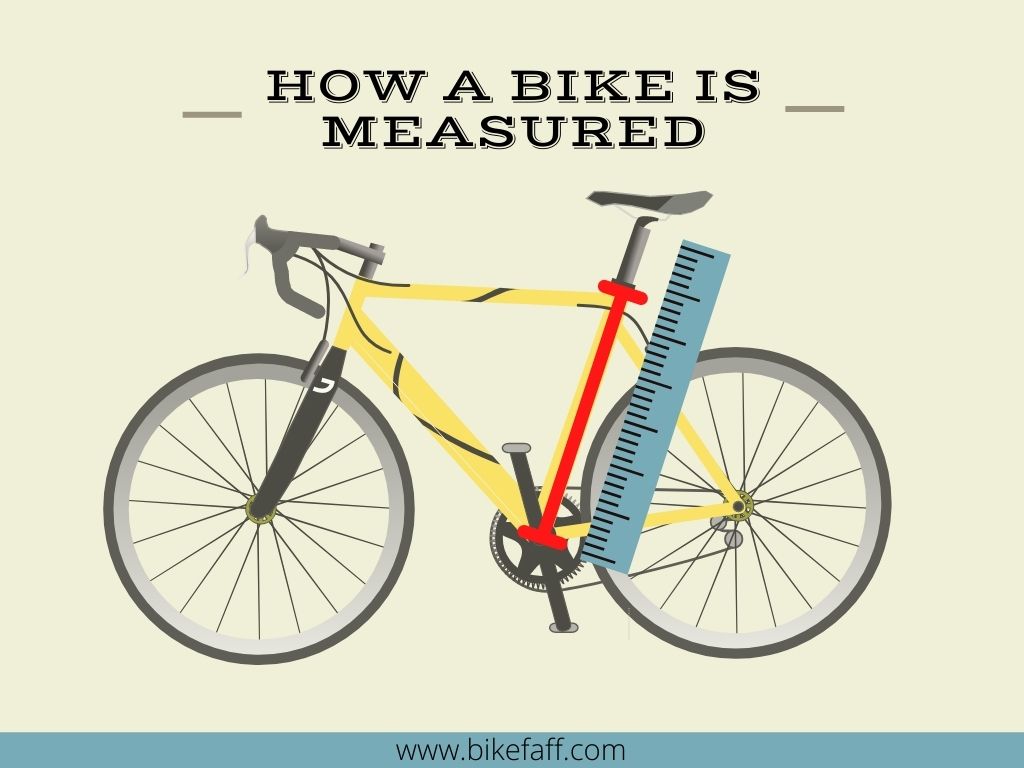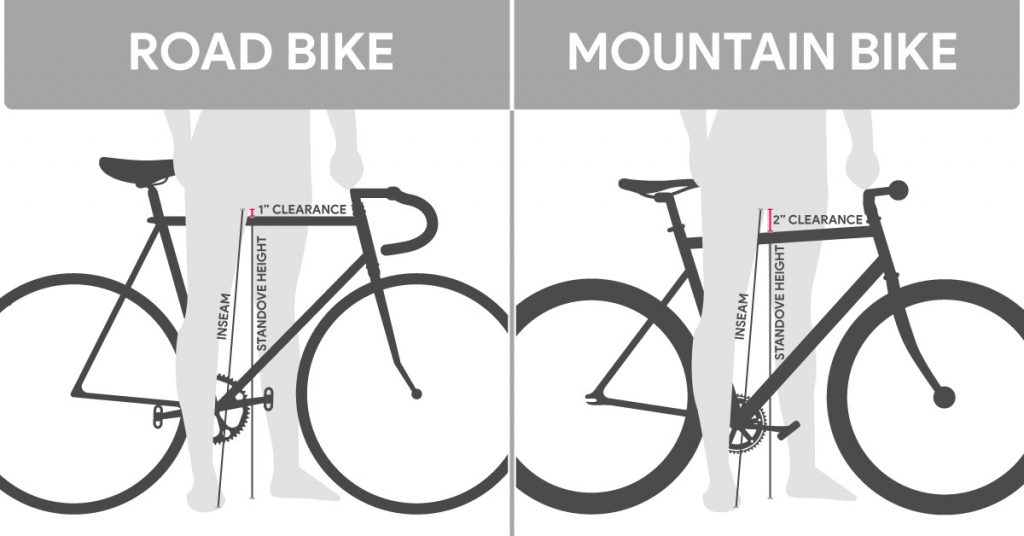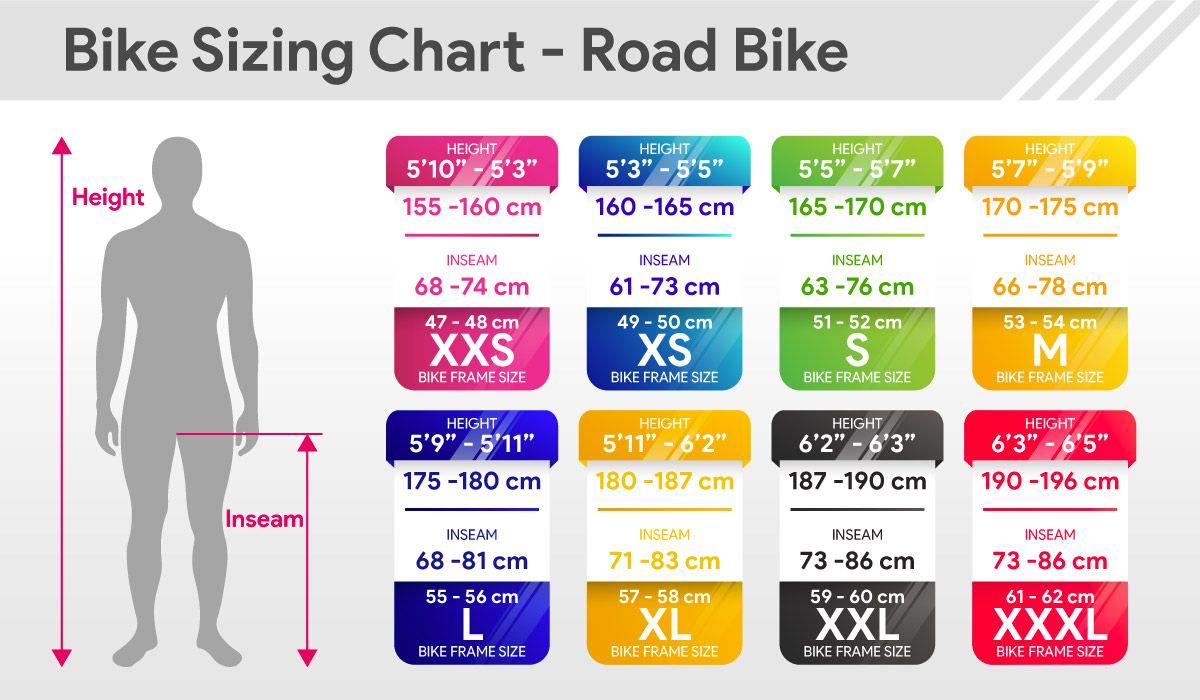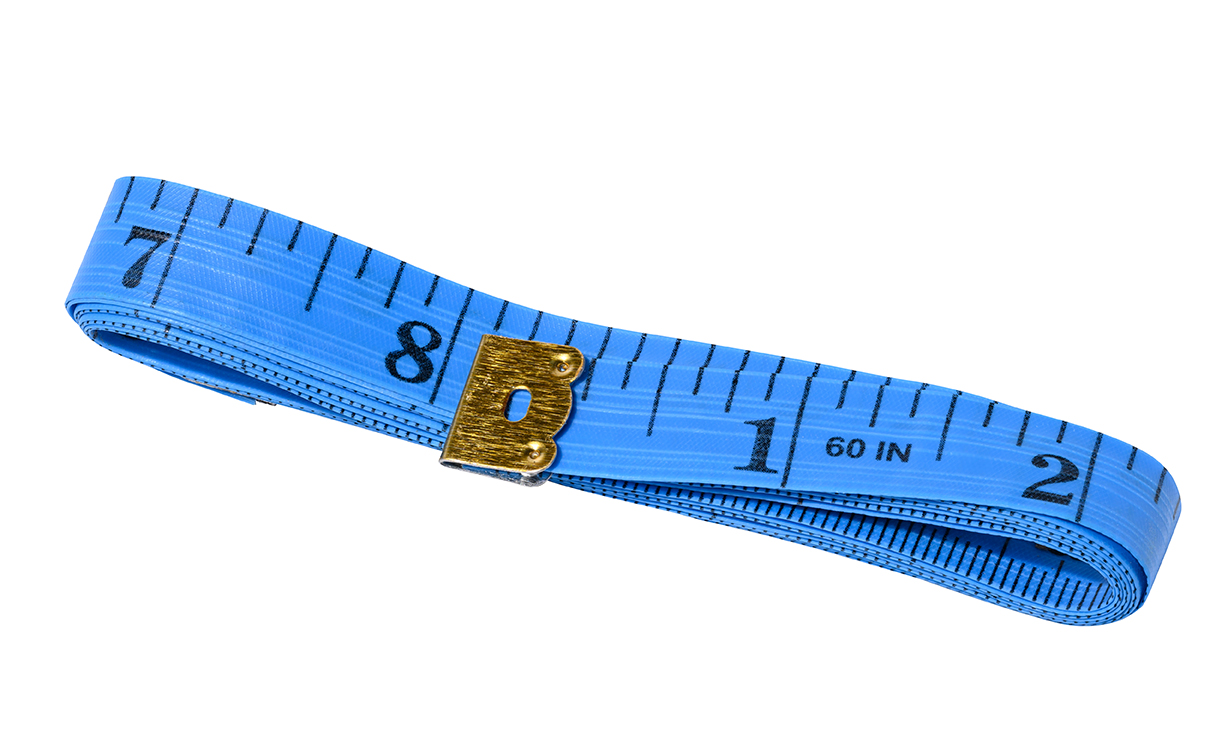Why Proper Frame Size Matters for a Comfortable Ride
When it comes to cycling, having a bike with a frame size that fits your body is crucial for a comfortable and enjoyable ride. A properly sized frame can make all the difference in your cycling experience, providing improved comfort, efficiency, and reduced risk of injury. In fact, a study by the National Bicycle Dealers Association found that a significant number of cyclists experience discomfort and pain due to ill-fitting bikes. This is why it’s essential to know how to measure the frame size of a bike to ensure a perfect fit.
A bike with a frame size that is too small or too large can lead to a range of issues, including back and neck pain, numbness in the hands and feet, and decreased pedaling efficiency. On the other hand, a bike with a frame size that is tailored to your body can provide a comfortable and efficient ride, allowing you to enjoy the many benefits of cycling. Whether you’re a seasoned cyclist or just starting out, taking the time to measure your bike frame size is an investment in your comfort and overall cycling experience.
So, how do you measure the frame size of a bike? The process is relatively straightforward and can be done with a few simple measurements. By taking the time to measure your bike frame size, you can ensure a comfortable and enjoyable ride, and get the most out of your cycling experience. In the following sections, we’ll take a closer look at the different types of bike frame sizes, how to measure your frame size, and provide tips for choosing the perfect bike for your needs.
Understanding Bike Frame Sizes: A Brief Overview
Bike frame sizes can be a bit confusing, especially for those new to cycling. There are several types of bike frame sizes, each designed for specific riding styles and terrain. The most common types of bike frame sizes include road, mountain, hybrid, and comfort. Road bikes typically have a smaller frame size, designed for speed and efficiency on paved roads. Mountain bikes, on the other hand, have a larger frame size, designed for stability and control on rugged terrain.
Frame sizes are typically measured in inches or centimeters, and can range from around 14 inches to over 24 inches. Some manufacturers also use frame size charts, which provide a more detailed measurement of the frame size based on the rider’s height and inseam. These charts can be a useful tool for determining the ideal frame size, but it’s also important to consider other factors, such as riding style and personal preference.
When it comes to measuring bike frame sizes, there are a few key things to keep in mind. First, make sure to measure the frame size from the center of the bottom bracket to the top of the seat tube. This will give you the most accurate measurement of the frame size. Additionally, consider the type of riding you’ll be doing most often, and choose a frame size that’s designed for that type of riding.
For example, if you’re planning to do a lot of mountain biking, you’ll want a frame size that’s designed for stability and control on rugged terrain. On the other hand, if you’re planning to do a lot of road riding, you’ll want a frame size that’s designed for speed and efficiency on paved roads. By understanding the different types of bike frame sizes and how they’re measured, you can make an informed decision when it comes to choosing the perfect bike for your needs.
How to Measure Your Bike Frame Size: A Step-by-Step Guide
Measuring your bike frame size is a straightforward process that requires a few simple measurements. To get started, you’ll need to take your height, inseam, and arm span measurements. These measurements will help you determine your ideal frame size and ensure a comfortable and efficient ride.
First, take your height measurement by standing against a wall with your feet shoulder-width apart. Use a tape measure or a ruler to measure your height from the top of your head to the floor. Make sure to keep your back straight and your feet flat on the floor.
Next, take your inseam measurement by standing against a wall with your feet shoulder-width apart. Use a tape measure or a ruler to measure the distance from the top of your inner thigh to the floor. This measurement will help you determine the ideal frame size for your leg length.
Finally, take your arm span measurement by standing with your arms at your sides. Use a tape measure or a ruler to measure the distance from the tip of one middle finger to the tip of the other middle finger. This measurement will help you determine the ideal frame size for your arm length.
Once you have taken these measurements, you can use a frame size chart to determine your ideal frame size. Frame size charts are available online or at your local bike shop, and they provide a detailed measurement of the frame size based on your height, inseam, and arm span measurements.
For example, if you’re 5’9″ with an inseam of 30 inches and an arm span of 34 inches, you may be looking for a frame size of around 18-20 inches. However, this can vary depending on the type of bike and the manufacturer, so be sure to check the frame size chart for your specific bike model.
By following these steps and using a frame size chart, you can ensure a comfortable and efficient ride. Remember to take your time and double-check your measurements to ensure accuracy. And if you’re still unsure, don’t hesitate to consult with a professional bike fitter or your local bike shop for guidance.
Using Online Frame Size Calculators: A Convenient Alternative
If you’re short on time or prefer a more convenient option, online frame size calculators can be a great alternative to measuring your bike frame size manually. These calculators use algorithms to determine your ideal frame size based on your height, inseam, and arm span measurements.
One popular online frame size calculator is Trek’s Bike Size Calculator. This calculator asks for your height, inseam, and arm span measurements, and then provides a recommended frame size based on Trek’s frame size chart. Another popular option is Specialized’s Bike Size Chart, which provides a detailed measurement of the frame size based on your height and inseam measurements.
Online frame size calculators can be a convenient and accurate way to determine your ideal frame size. However, it’s still important to double-check your measurements and consider other factors, such as riding style and terrain, to ensure a comfortable and efficient ride.
Some benefits of using online frame size calculators include:
- Convenience: Online frame size calculators can save you time and effort compared to measuring your bike frame size manually.
- Accuracy: Online frame size calculators use algorithms to determine your ideal frame size, which can be more accurate than manual measurements.
- Easy to use: Online frame size calculators are often easy to use and require minimal input from the user.
However, it’s also important to consider the limitations of online frame size calculators. For example, these calculators may not take into account other factors that can affect the fit of the bike, such as riding style and terrain.
Overall, online frame size calculators can be a convenient and accurate way to determine your ideal frame size. However, it’s still important to double-check your measurements and consider other factors to ensure a comfortable and efficient ride.
Factors to Consider When Choosing a Bike Frame Size
When choosing a bike frame size, there are several factors to consider beyond just your height and inseam measurements. These factors can affect the fit and comfort of the bike, and ultimately impact your riding experience.
Riding style is one important factor to consider. If you’re a casual rider who prefers a more upright position, you may prefer a bike with a larger frame size and a more relaxed geometry. On the other hand, if you’re a competitive rider who prefers a more aggressive position, you may prefer a bike with a smaller frame size and a more aggressive geometry.
Terrain is another factor to consider. If you’ll be riding on rough terrain, such as mountain trails, you may prefer a bike with a larger frame size and a more robust design. If you’ll be riding on smooth terrain, such as paved roads, you may prefer a bike with a smaller frame size and a more lightweight design.
Personal preference is also an important factor to consider. Some riders prefer a more compact frame size, while others prefer a more spacious frame size. Ultimately, the choice of frame size will depend on your individual preferences and needs.
Here are some tips for prioritizing these factors:
- Consider your riding style and terrain when choosing a frame size. If you’re a casual rider who prefers a more upright position, you may prefer a larger frame size. If you’re a competitive rider who prefers a more aggressive position, you may prefer a smaller frame size.
- Think about your personal preferences when choosing a frame size. If you prefer a more compact frame size, you may want to consider a smaller frame size. If you prefer a more spacious frame size, you may want to consider a larger frame size.
- Don’t forget to consider the type of bike you’re purchasing. Different types of bikes, such as road bikes and mountain bikes, have different frame size requirements.
By considering these factors and prioritizing your needs and preferences, you can choose a bike frame size that provides a comfortable and enjoyable ride.
Common Mistakes to Avoid When Measuring Your Bike Frame Size
When measuring your bike frame size, there are several common mistakes to avoid. These mistakes can lead to an incorrect frame size, which can result in a bike that is uncomfortable to ride and may even cause injury.
One common mistake is taking incorrect measurements. This can happen if you don’t take the time to ensure that your measurements are accurate, or if you use the wrong measuring tools. To avoid this mistake, make sure to use a tape measure or a ruler to take your measurements, and double-check your measurements to ensure that they are accurate.
Another common mistake is ignoring frame size charts. Frame size charts are designed to help you determine the correct frame size based on your height and inseam measurements. By ignoring these charts, you may end up with a frame size that is too small or too large for your body.
Not considering riding style and terrain is also a common mistake. Different types of riding, such as road riding and mountain biking, require different frame sizes. Additionally, the terrain you’ll be riding on can also affect the frame size you need. For example, if you’ll be riding on rough terrain, you may need a larger frame size to provide more stability.
Here are some tips for avoiding these common mistakes:
- Take accurate measurements using a tape measure or a ruler.
- Use frame size charts to determine the correct frame size based on your height and inseam measurements.
- Consider your riding style and terrain when choosing a frame size.
- Don’t be afraid to ask for help if you’re unsure about how to measure your bike frame size or which frame size is right for you.
By avoiding these common mistakes, you can ensure that you get a bike frame size that is comfortable and enjoyable to ride.
Real-World Examples: How to Apply Frame Size Measurements to Popular Bike Models
Now that we’ve discussed the importance of measuring your bike frame size and how to do it, let’s take a look at some real-world examples of how to apply these measurements to popular bike models.
For example, let’s say you’re interested in purchasing a Trek FX bike. To determine the correct frame size, you would need to take your height and inseam measurements and use a frame size chart to determine your ideal frame size. According to Trek’s frame size chart, a rider with a height of 5’9″ and an inseam of 30 inches would need a frame size of 18 inches.
Another example is the Specialized Rockhopper bike. To determine the correct frame size, you would need to take your height and inseam measurements and use a frame size chart to determine your ideal frame size. According to Specialized’s frame size chart, a rider with a height of 5’9″ and an inseam of 30 inches would need a frame size of 17 inches.
Finally, let’s take a look at the Giant TCX bike. To determine the correct frame size, you would need to take your height and inseam measurements and use a frame size chart to determine your ideal frame size. According to Giant’s frame size chart, a rider with a height of 5’9″ and an inseam of 30 inches would need a frame size of 19 inches.
As you can see, the correct frame size can vary depending on the bike model and manufacturer. That’s why it’s so important to take the time to measure your bike frame size correctly and use a frame size chart to determine your ideal frame size.
By following these steps and using a frame size chart, you can ensure that you get a bike that fits you perfectly and provides a comfortable and enjoyable ride.
Conclusion: Finding the Perfect Fit for a Comfortable and Enjoyable Ride
Measuring your bike frame size is a crucial step in ensuring a comfortable and enjoyable ride. By following the steps outlined in this guide, you can determine your ideal frame size and find a bike that fits your body perfectly.
Remember, a bike that is too small or too large can lead to discomfort, inefficiency, and even injury. By taking the time to measure your frame size correctly, you can avoid these issues and enjoy a more comfortable and enjoyable ride.
Whether you’re a seasoned cyclist or just starting out, finding the perfect fit is essential for getting the most out of your bike. By using the tips and techniques outlined in this guide, you can ensure that your bike is tailored to your unique needs and preferences.
So why wait? Take the time to measure your bike frame size today and start enjoying a more comfortable and enjoyable ride. Your body – and your bike – will thank you!






